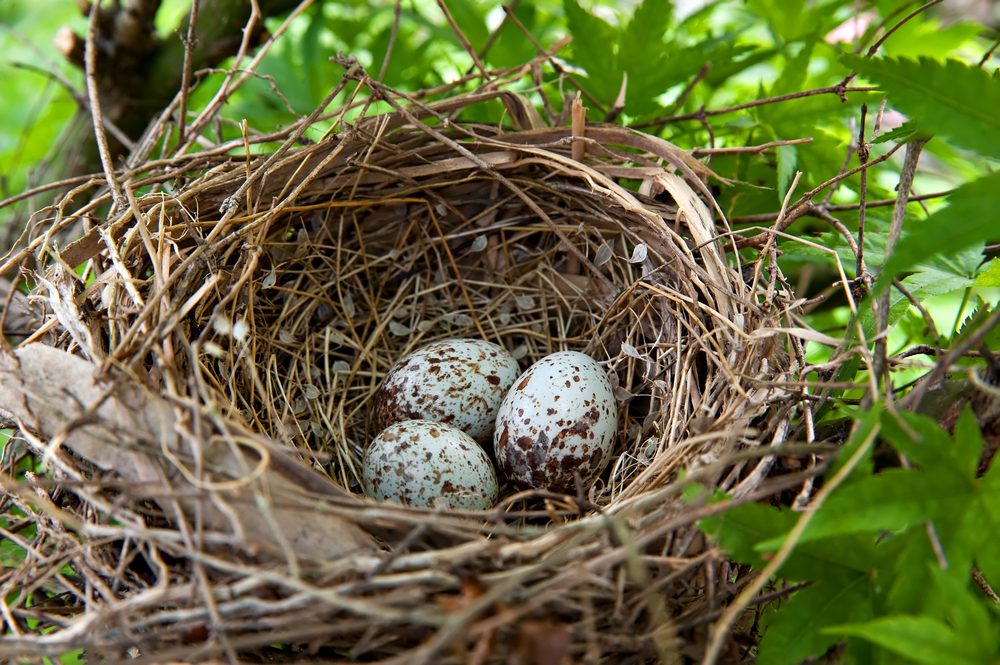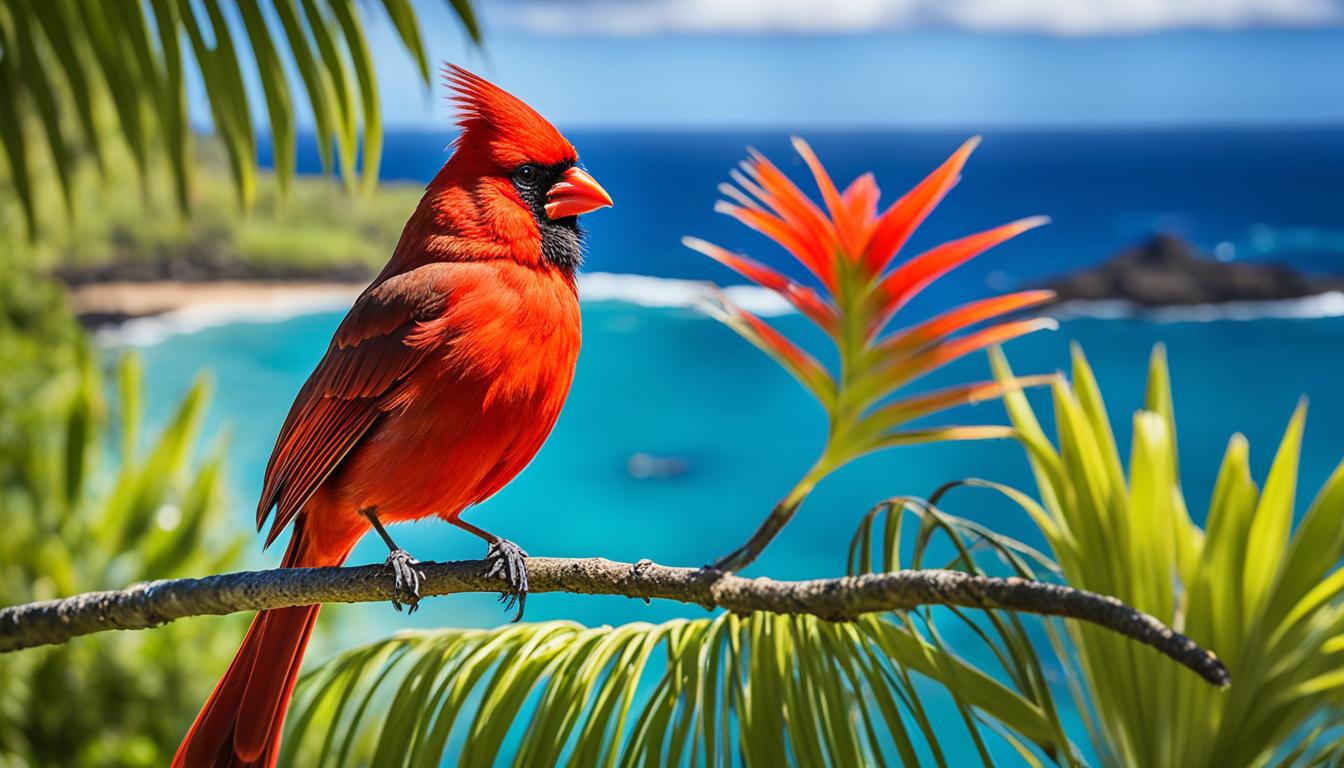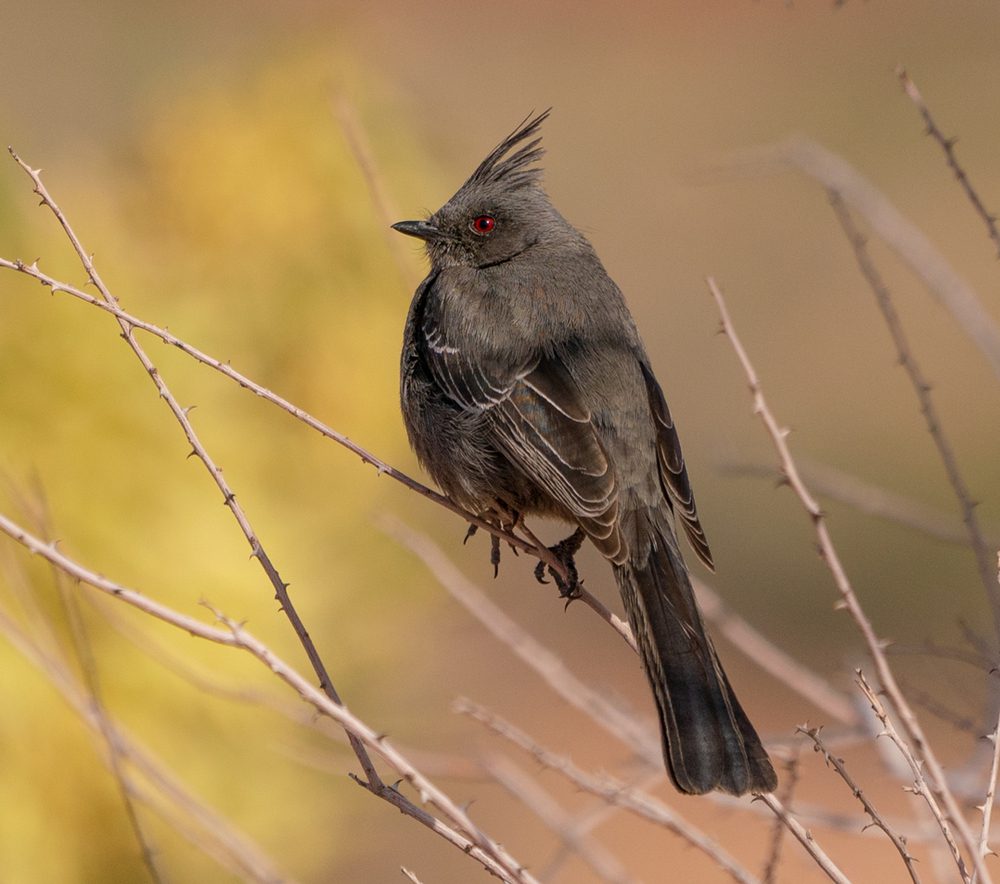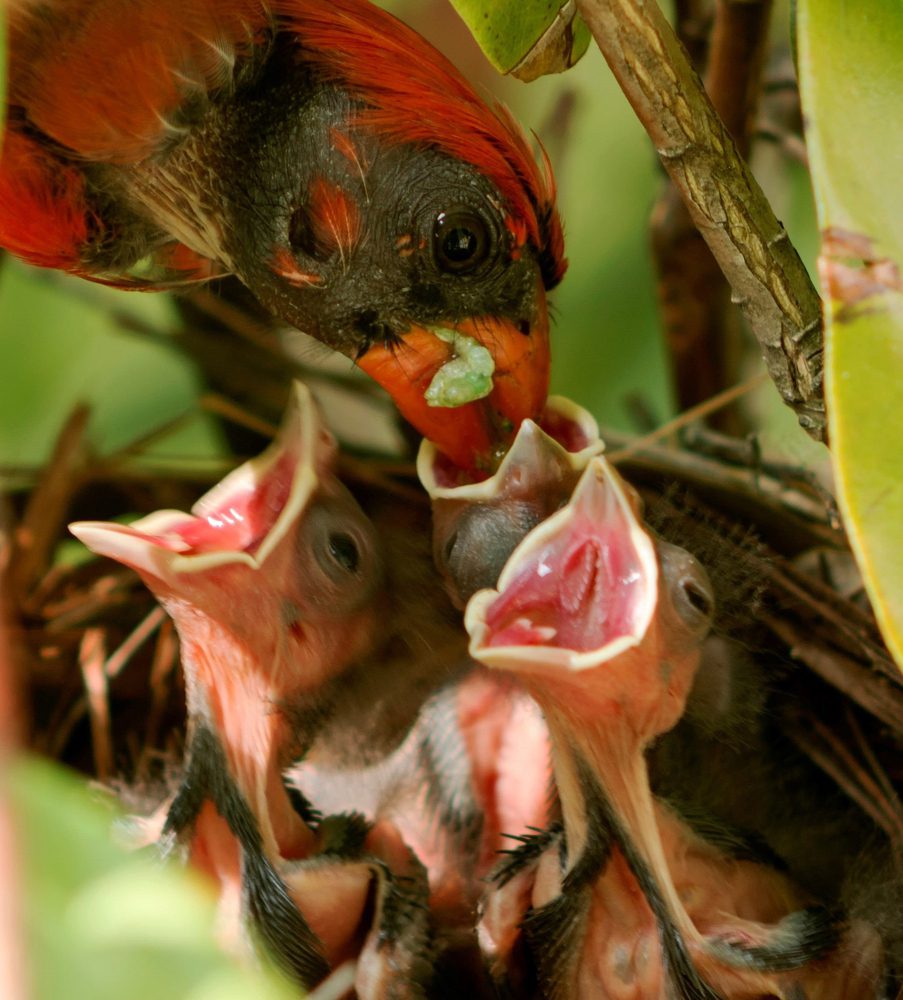Turkey Vulture vs Condor – Did you know that vultures play a crucial role in maintaining the ecological balance by scavenging carcasses? Among these fascinating birds, the turkey vulture and condor stand out for their majestic presence and distinctive characteristics. Today, we will explore the differences between these two vulture species, shedding light on their behavior, anatomy, and conservation status.
Key Takeaways:
- Turkey vultures and condors have distinct behaviors, with turkey vultures being more solitary while condors are highly social.
- In terms of anatomy, condors have a larger wingspan and a bald head and neck, while turkey vultures have a smaller size and a feathered head.
- Conservation efforts are crucial for both species, as the California condor is critically endangered, while turkey vultures are not currently considered endangered.
- Understanding these differences can aid in the conservation of these remarkable birds and their habitats.
Table of Contents
Behavior Comparison
When it comes to behavior, turkey vultures and condors exhibit distinct patterns in their foraging habits and social interactions. Understanding these differences provides valuable insights into the fascinating world of vulture behavior.
Turkey Vulture Behavior
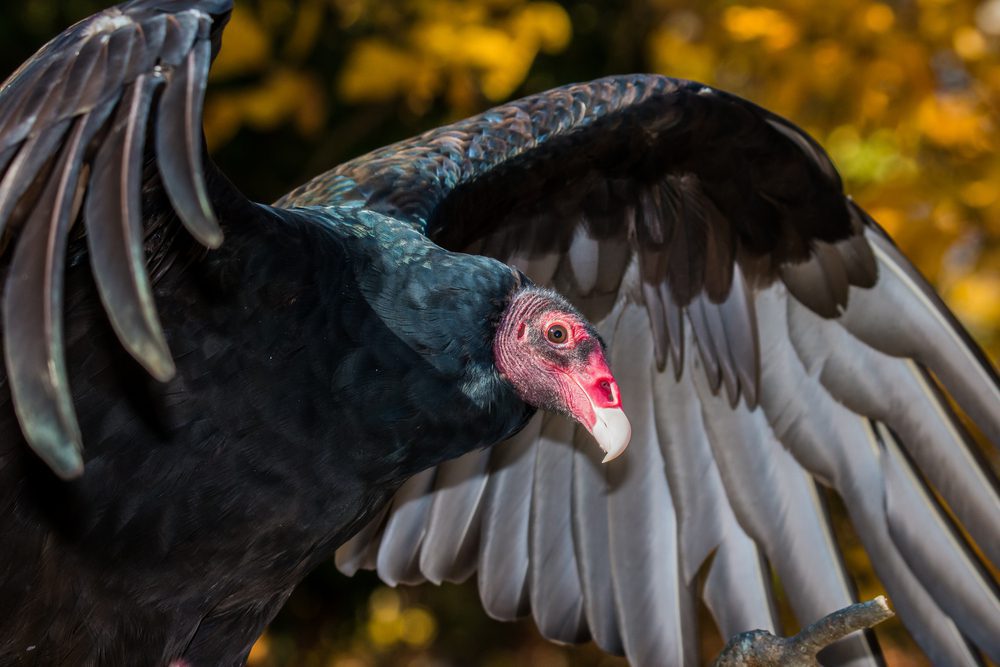
Turkey vultures are primarily scavengers, relying on their highly developed sense of smell to locate carrion. With their keen olfactory abilities, they can detect the odor of decaying flesh from great distances. This impressive adaptation enables them to find food sources that may be hidden from other scavengers.
In flight, turkey vultures are often observed soaring in groups called “kettles.” These kettles can consist of dozens or even hundreds of individuals, creating a captivating spectacle against the sky. However, despite their communal flights, turkey vultures are generally solitary birds and prefer to forage alone.
Condor Behavior
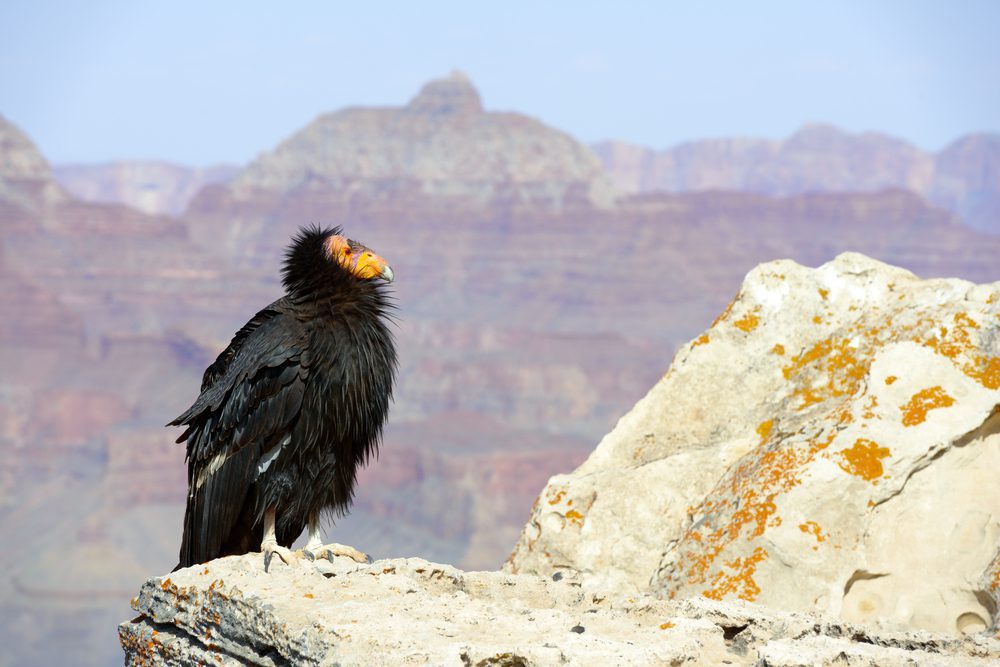
Similar to turkey vultures, condors are scavengers as well. However, in contrast to the solitary nature of turkey vultures, condors are highly social birds. They often gather in large flocks, soaring together high in the sky as they search for carrion.
In addition to their social tendencies, condors engage in communal roosting, which further strengthens their social bonds. At communal roosting sites, multiple condors gather and interact, creating a sense of community within the flock.
Another fascinating aspect of condor behavior is their courtship rituals. During the breeding season, male condors engage in elaborate displays to attract a mate. By performing intricate flight patterns and vocalizations, they demonstrate their strength and fitness.
These courtship behaviors and pair bonds contribute to the cohesive structure of condor communities, making them remarkable examples of social behavior among vulture bird types.
Anatomy and Physical Characteristics
In terms of anatomy, turkey vultures and condors have distinct physical characteristics. The turkey vulture has a wingspan of around 6 feet and is smaller in size compared to the condor, which has a wingspan of up to 9 feet, making it one of the largest flying birds in the world. Condors also have a bald head and neck, while turkey vultures have a feathered head. Additionally, the condor has stronger leg muscles, allowing it to walk and run on the ground more effectively than the turkey vulture.
Want to get a closer look at the physical differences between turkey vultures and condors? Take a look at the table below for a detailed comparison of their anatomical features.
| Turkey Vulture | Condor | |
|---|---|---|
| Wingspan | Approximately 6 feet | Up to 9 feet |
| Head and Neck | Feathered | Bald |
| Leg Muscles | Less developed | Stronger |
As you can see, these differences in anatomy contribute to the unique abilities and characteristics of each bird species.
Conservation Efforts

Conserving vulture species, including both the turkey vulture and condor, is vital to maintaining the ecological balance of our ecosystems. However, these incredible birds face various conservation challenges that require dedicated efforts and initiatives.
Turkey Vulture Conservation
The turkey vulture, known for its impressive adaptability, currently does not face the same level of endangerment as the condor. With a broad range of habitats and their ability to scavenge on a diverse range of carrion, turkey vultures have managed to thrive in different environments. However, it is important to continue monitoring their populations and protecting their habitats to ensure their continued success.
Condor Conservation
The California condor, on the other hand, is critically endangered. With a population size of fewer than 500 individuals, urgent conservation efforts are essential to prevent their extinction. Various initiatives have been implemented to safeguard these magnificent birds:
- Captive Breeding Programs: The establishment of captive breeding programs has played a crucial role in increasing the condor population. These programs aim to breed and raise condors in captivity before releasing them into the wild, effectively bolstering their numbers.
- Habitat Restoration: Restoring key habitats for the condor is vital for their survival. This includes habitat preservation, habitat enhancement, and the reduction of threats to nesting sites. By creating suitable habitats, we provide safe spaces for condors to thrive.
- Lead Poisoning Reduction: One of the most significant threats to condor populations is lead poisoning. Condors often consume carrion that contains lead fragments from ammunition. Therefore, strict regulations have been implemented to reduce lead exposure and poisoning risks, ensuring the long-term survival of these incredible birds.
Conservation organizations, wildlife agencies, and communities have collaborated to implement and support these initiatives, working toward the recovery and stability of the condor population. With continued efforts, there is hope for the conservation and eventual removal of the California condor from the critically endangered list.
“Protecting and conserving turkey vultures and condors is not only crucial for their survival but also for maintaining the balance of our ecosystems. By preserving their habitats, reducing threats, and raising awareness, we can ensure that future generations will witness the magnificence of these remarkable birds.”
Conclusion of Turkey Vulture vs Condor
Even though turkey vultures and condors are both part of the vulture family, they’re pretty different in how they act, look, and how we need to protect them. It’s cool to learn about these differences because it helps us know how to take care of them better.
Social Life and Snacking Habits
- Turkey Vultures: They like to fly solo or in small groups when they’re looking for dead animals to eat, using their amazing sense of smell to find their next meal. You might see them flying together in what’s called a “kettle.”
- Condors: These guys are more about the group life, hanging out in big flocks and even sleeping together. They’re also into finding a partner and sticking with them.
Size and Looks
- Turkey Vultures: They’re the smaller ones, with a wingspan of about 6 feet. Unlike condors, they have feathers on their heads.
- Condors: These birds are huge, with wingspans up to 9 feet, making them some of the biggest birds that can fly. They stand out with their bald heads and necks, and they’ve got strong legs for walking and running.
Conservation: Helping Them Survive
- Condors are in a tough spot, with fewer than 500 left, making them critically endangered. They’re facing big challenges like losing their homes, being poisoned, and running into things built by people.
- Turkey Vultures are doing a bit better since they can adapt more easily to different places, so they’re not considered endangered right now.
How You Can Help
By getting involved in conservation efforts, we can make sure both turkey vultures and condors stick around for a long time. Protecting their homes and cutting down on the dangers they face lets us continue to enjoy and learn from these awesome birds, keeping nature’s balance in check.
Turkey vultures and condors differ in their behavior, anatomy, and conservation status. While turkey vultures are solitary scavengers with a smaller size and feathered head, condors are more social, larger in size with a bald head and neck. Turkey vultures are solitary scavengers that rely on their sense of smell, while condors are social birds that gather in flocks, engage in communal roosting, and exhibit courting behaviors. Turkey vultures have a wingspan of around 6 feet, a feathered head, and are smaller in size compared to condors, which have a wingspan of up to 9 feet, a bald head and neck, and stronger leg muscles. Turkey vultures are adaptable to various habitats and are not currently considered endangered. However, condors are critically endangered, with a population of less than 500 individuals. Conservation efforts focus on captive breeding, habitat restoration, and reducing lead poisoning. Understanding these differences is crucial for the conservation and protection of both species. Supporting efforts to conserve their habitats and mitigate threats will ensure the survival of these remarkable birds for future generations.FAQ
What are the key differences between a turkey vulture and a condor?


